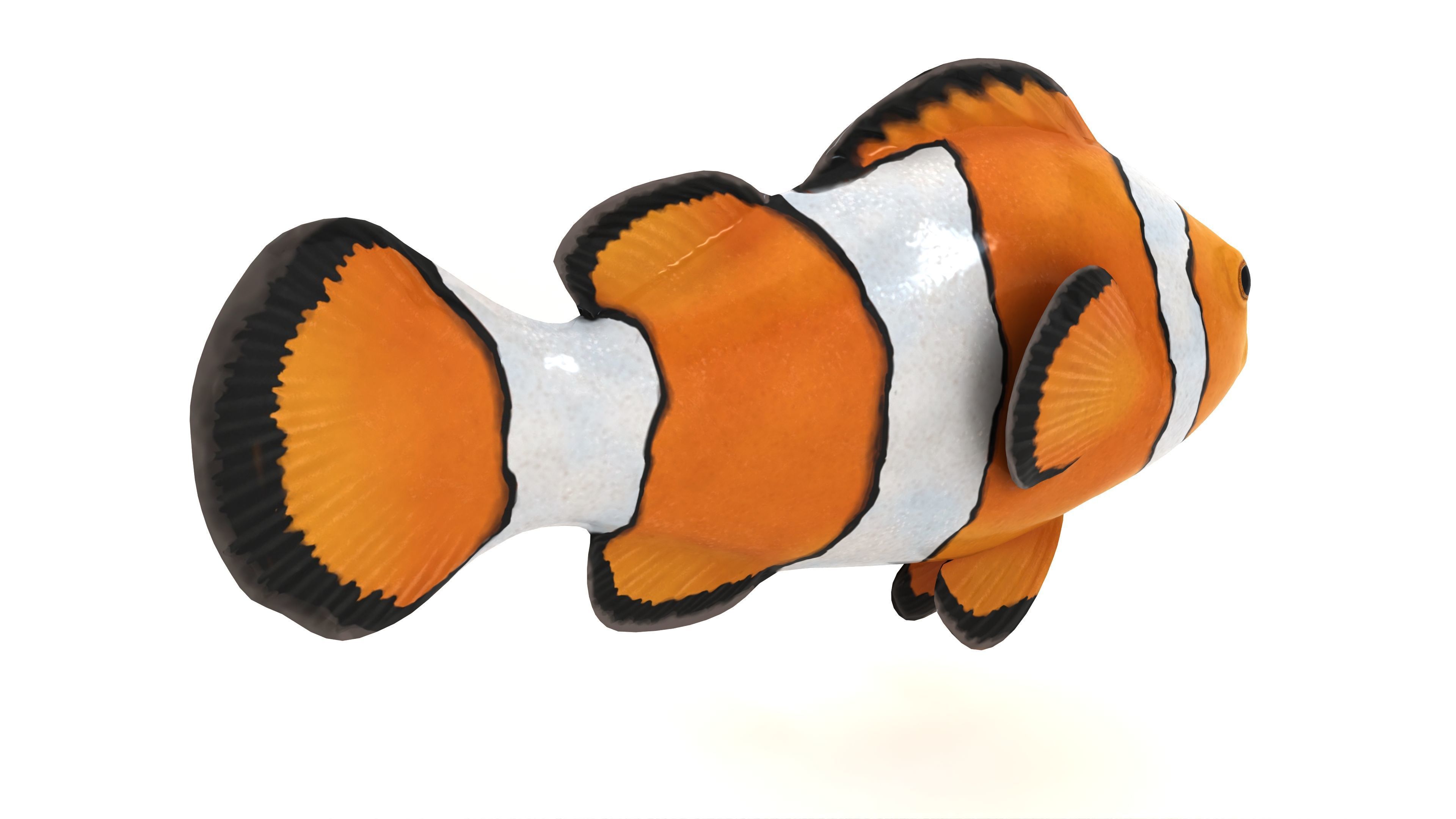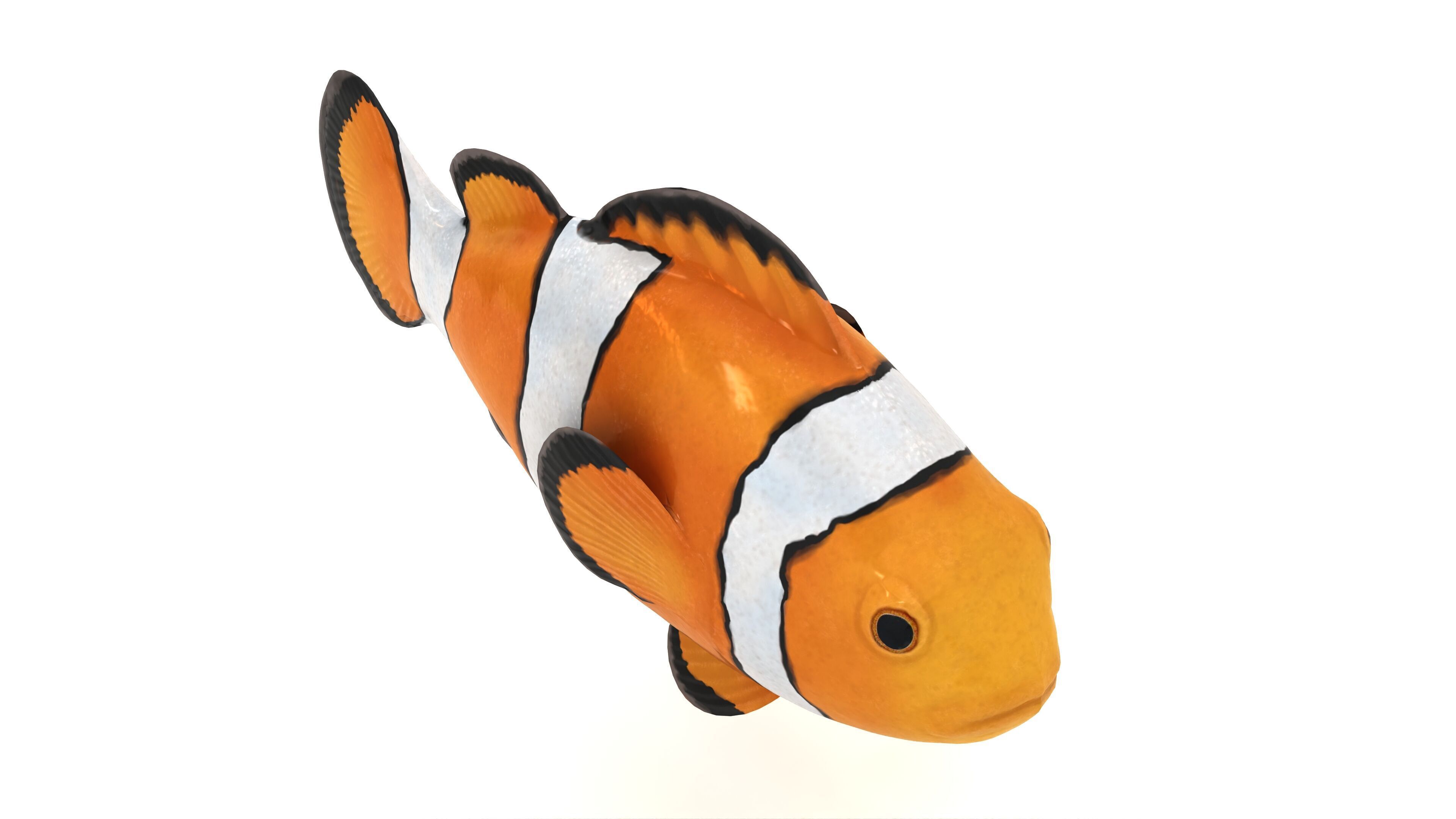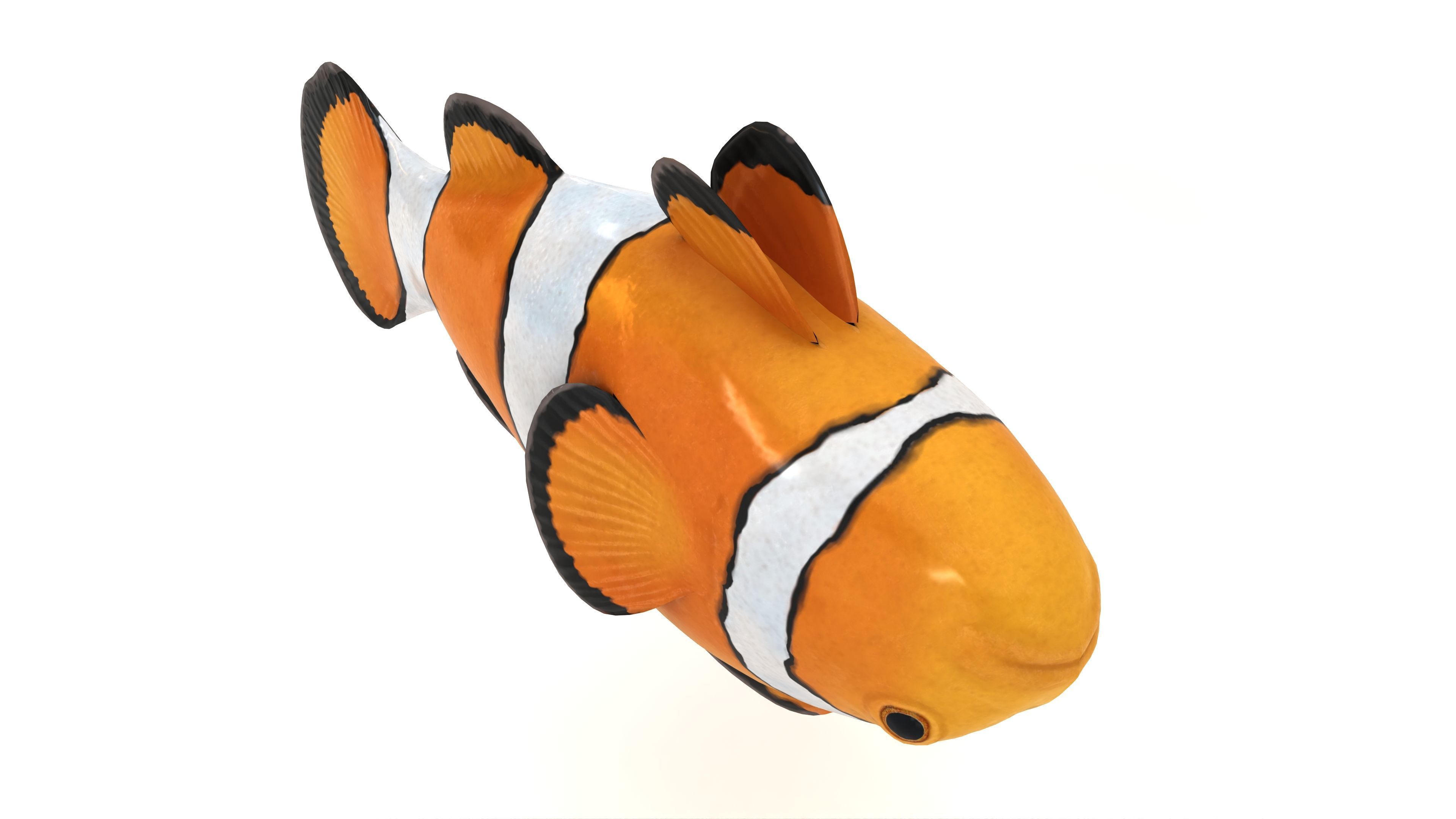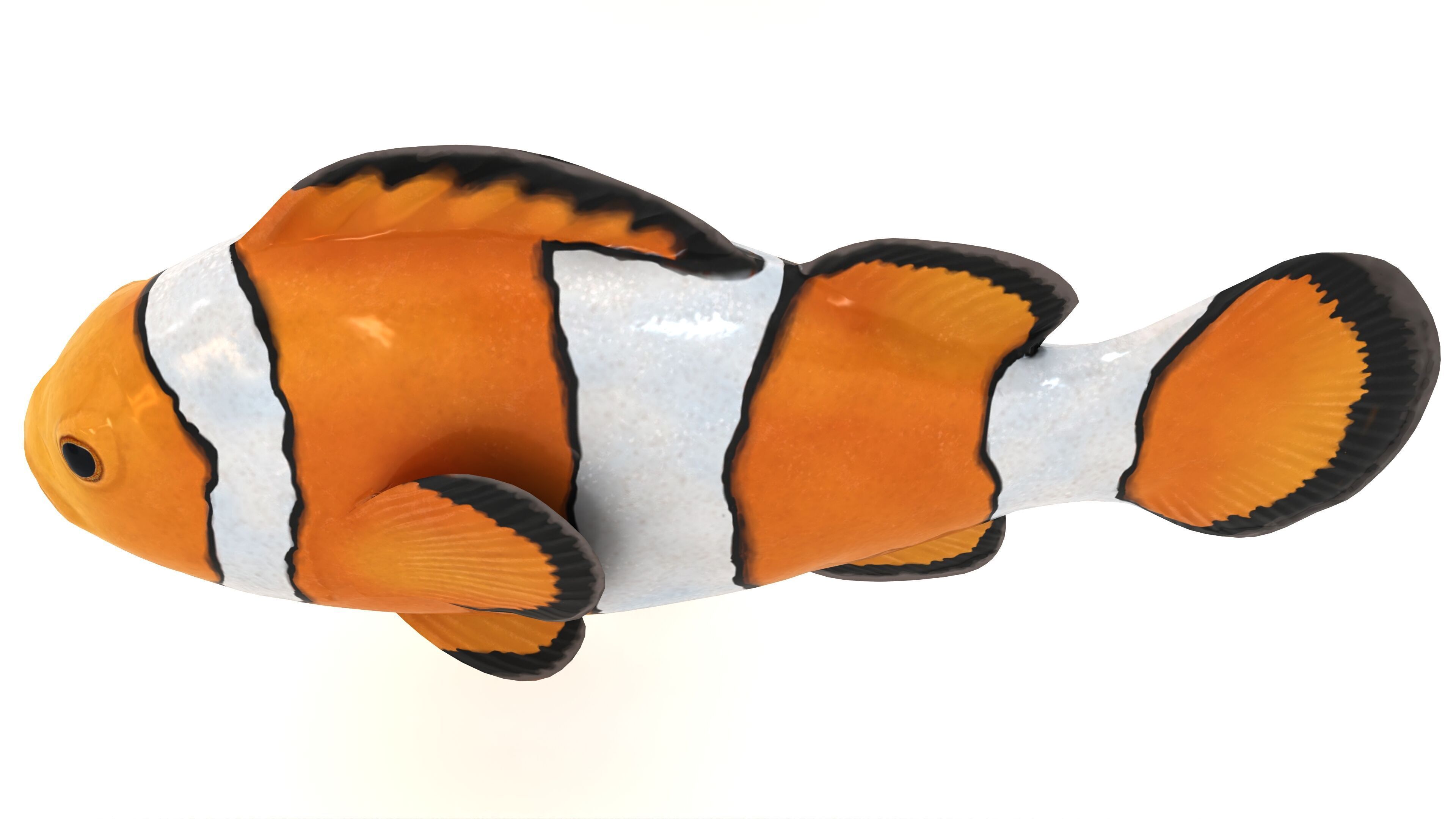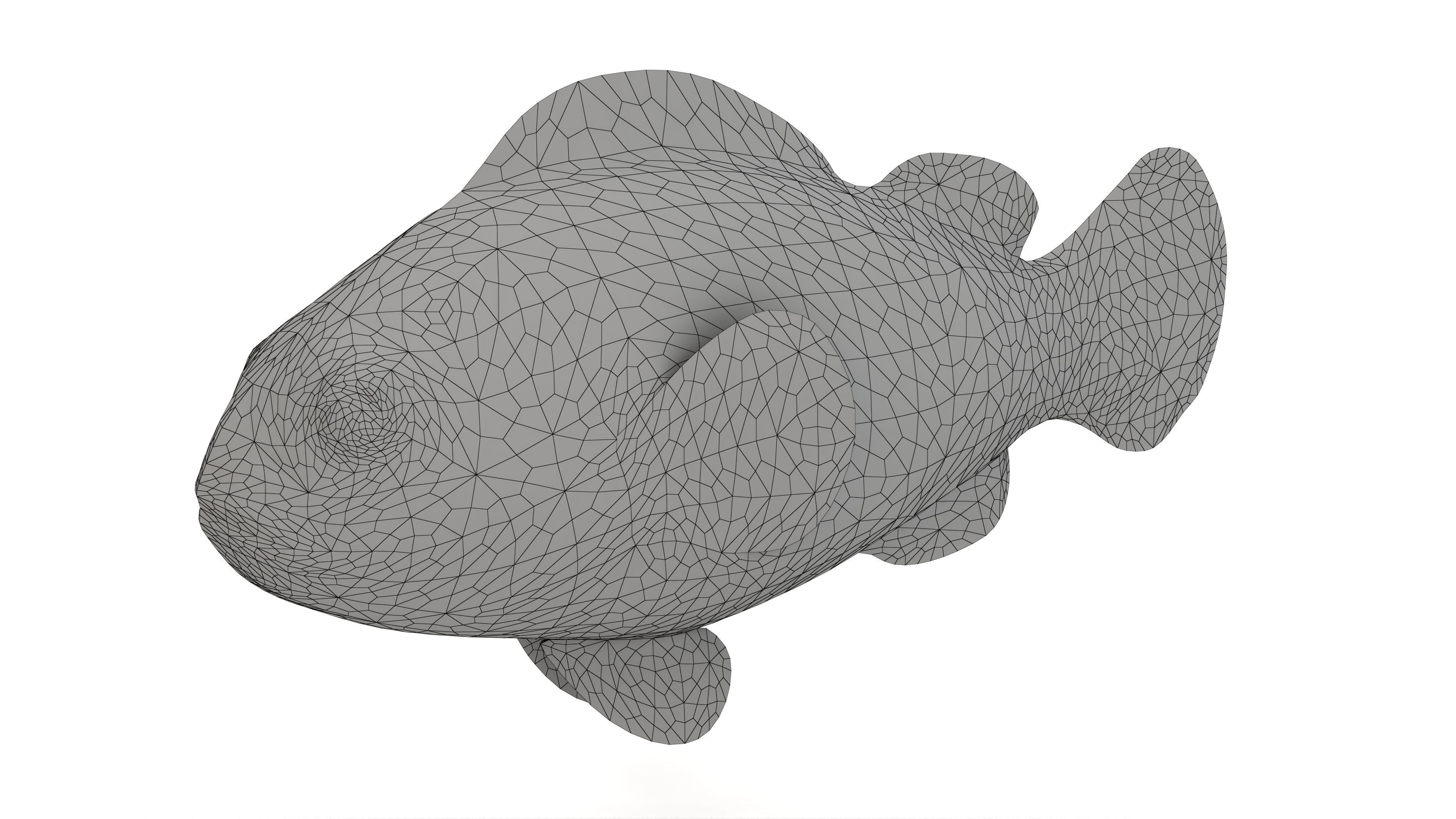
Clown Fish 3D model
This Clown Fish was modeled under 3Ds MAX 2020, the materials, Textures, Lighting and the rendering under V-Ray 7.
Clownfish, known for their bright orange color and white bands, belong to the family Pomacentridae and are native to the warm, shallow waters of the Indian and Pacific Oceans, including the Red Sea and Great Barrier Reef. These iconic fish first gained widespread recognition through scientific observation in the early 20th century and later became globally popularized by films like Finding Nemo.
Key Features and BehaviorClownfish are closely associated with sea anemones, forming a mutualistic relationship where the fish gain protection from predators using the anemone’s stinging tentacles. In return, they help keep the anemone clean and provide nutrients through their waste. This unique symbiosis was first scientifically documented in the late 1800s.
Biology and AdaptationClownfish are protandrous hermaphrodites, meaning all individuals are born male, but the dominant male can transform into a female if the female in the group dies. This fascinating reproductive strategy ensures the continuation of their social structure.
Cultural and Scientific ImportanceClownfish became a focus of marine biology due to their complex social hierarchy and symbiotic behaviors. Their popularity in aquariums surged after the 1990s, raising awareness about coral reef ecosystems and the need for conservation efforts. However, overharvesting and habitat destruction have posed challenges to their populations, leading to increased efforts in sustainable aquaculture.
Today, clownfish remain a symbol of biodiversity in coral reef ecosystems, captivating scientists and enthusiasts alike.

